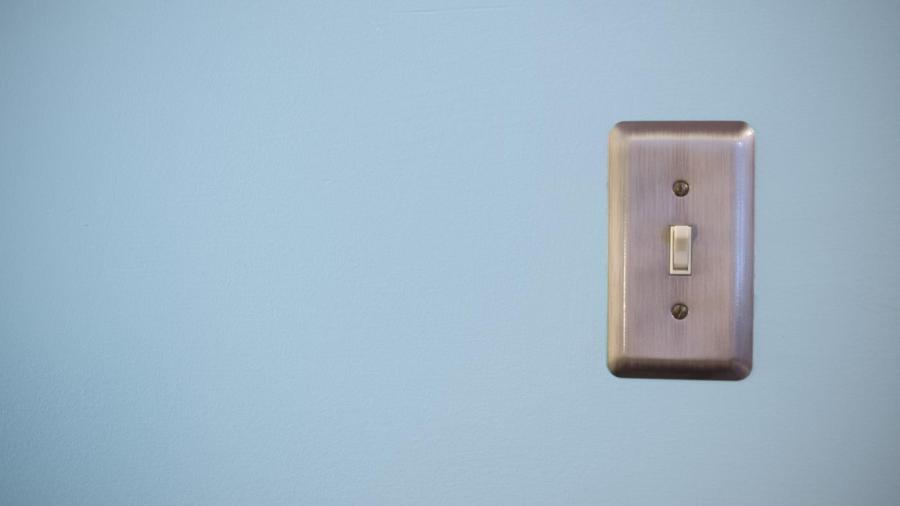What Are the Four Parts of an Electric Circuit?

A simple electrical circuit contains four parts: a power source, a load, connectors and a switch. The power source provides energy for the electricity to travel along the circuits and the load is the device that the circuit is designed to power.
The power source for a circuit can be either a battery or an electrical outlet in a house, depending on the voltage requirements. Its job is to provide energy to the electrons, allowing them to move throughout the circuit. The wires, made of copper or aluminum, transfer electrical current efficiently so it loses minimal energy. The load is any device that draws power, such as a simple light bulb. The switch is a device that can open or close the circuit without having to disconnect wires from any component. A closed circuit has all wires connected and able to transfer electricity, but an open circuit is the opposite.
More than one appliance can be placed on the circuit, but if the switch opens it, no appliance gets power. Note that this is for a series circuit; a parallel circuit has multiple wires and switches that allow loads to be turned on and off independently. A simple series circuit is mainly used to illustrate basic concepts of electricity.





